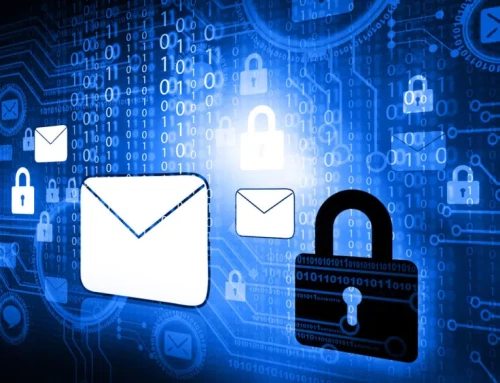Data breach prevention
The protection of sensitive data has emerged as a crucial concern for both individuals and organizations in our increasingly digital world. Data breaches can have serious repercussions, including loss of money, harm to one’s reputation, and legal repercussions. Therefore, it is crucial to put in place strong safeguards to stop data breaches. To help you protect your priceless digital assets, this article aims to provide an overview of efficient data breach prevention strategies.
Develop a Comprehensive Security Policy:
Any strategy to prevent data breaches must start with the creation of a clearly defined security policy. because This policy should specify the standards and procedures to be followed in relation to data handling, employee responsibilities, access controls, encryption techniques, and incident response plans. Assure that the policy is consistent with industry best practices and is frequently updated to address new threats.
Implement Strong Access Controls:
The most frequent reason for data breaches is unauthorized access to sensitive information. Strong access controls can be implemented to reduce this risk. Enforce complex password requirements, use multifactor authentication (MFA) for all user accounts, and periodically review and revoke access rights for former employees or contractors. Consider implementing role-based access controls and limiting access to information to those who need to know it.
Encrypt Data:
A key method for securing data while it is in transit and at rest is encryption. Use powerful encryption algorithms to encrypt sensitive data, making it unreadable to unauthorized people. All vital databases, portable devices, communication channels, and systems should be encrypted. Moreover, take into account implementing end-to-end encryption for private communications as well as encryption for backups and archives.
Regularly Update and Patch Systems:
Insecure systems and software can be easy targets for hackers because they are susceptible to known exploits. To make sure they have the most recent security updates, update and patch all software, operating systems, and firmware on a regular basis. Implement automated patch management systems, and periodically audit and track the patching process to spot any potential vulnerabilities.
Educate and Train Employees:
One of the main causes of data breaches is human error. Conduct regular training sessions to inform staff about best practices for cybersecurity, including spotting phishing emails, avoiding dubious downloads, and communicating securely. Encourage a culture of security awareness among staff members and make sure they are aware of the value of following security procedures and promptly reporting potential security incidents.
Conduct Regular Risk Assessments:
Assess and identify vulnerabilities in the infrastructure and systems of your company on a regular basis. To simulate attacks and find possible weak spots, conduct penetration testing. Utilise intrusion detection and prevention systems and vulnerability scanning to quickly identify and neutralize threats. Utilise industry sources to keep abreast of new threats and weaknesses, and work with security professionals to strengthen your defenses.
Establish Incident Response Plans:
Regardless of the most effective preventive measures, it is essential to have an incident response plan in place. Create a special team that will be in charge of quickly responding to data breaches. This team should receive adequate training in containment, investigation, mitigation, communication, and recovery techniques to effectively manage incidents. Test and update the incident response plan frequently to keep up with new threats and technological developments.
The prevention of data breaches requires a multifaceted strategy that combines technical controls, employee education, and proactive tactics. Organizations can significantly lower the risk of data breaches by putting in place a thorough security policy, stringent access controls, and encryption, routine system updates, employee training, risk assessments, and incident response plans. In today’s connected world, protecting sensitive data requires ongoing work, and being proactive and watchful is crucial to protecting your priceless digital assets.






